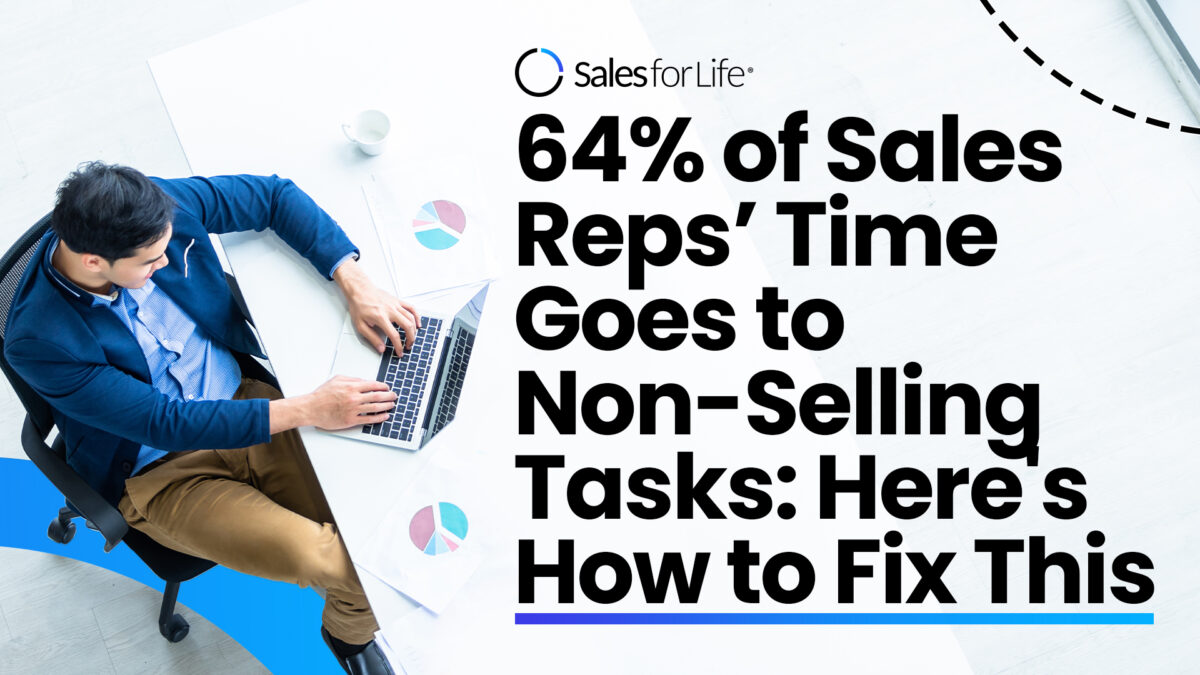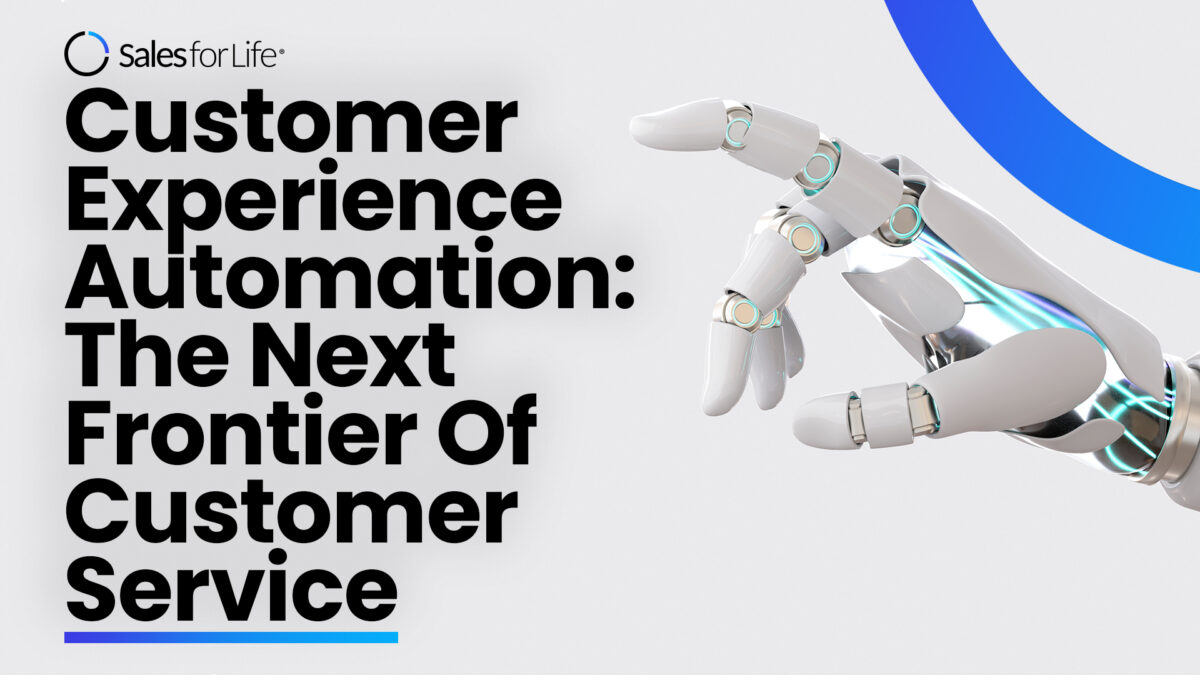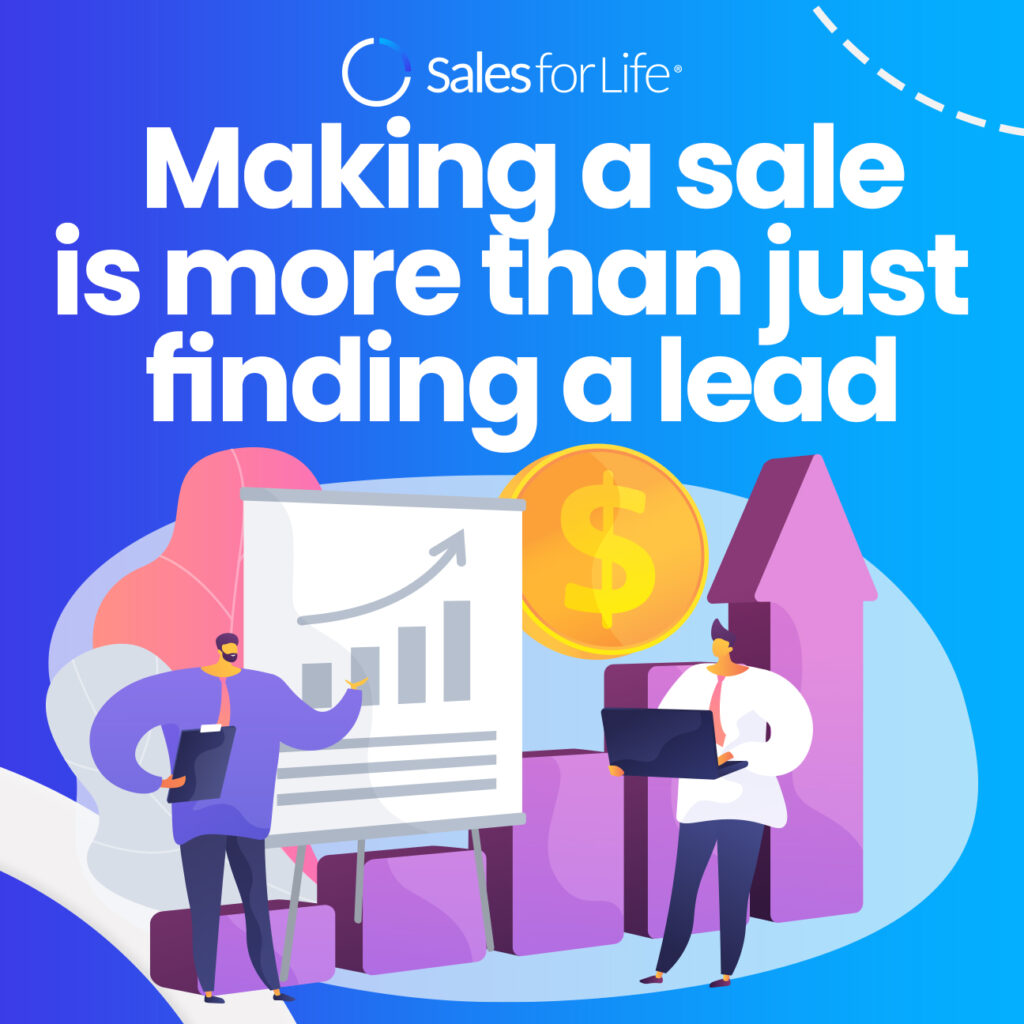64% of Sales Reps’ Time Goes to Non-Selling Tasks: Here’s How to Fix This
Did you know the average sales professional uses 64% of their day on tasks other than selling? That’s 64%! That’s a lot of productivity lost. Most of the time, that’s because reps aren’t equipped with the right technology for today’s buyers, or they don’t have the skills or knowledge to access or deliver data from their CRM.
Fortunately, there are dozens of sales tools that can help. In this post, we’ll cover some of the best apps for sales and rate them based on multiple factors.
Working Smarter with a Sales Stack
What is a sales tech stack? It’s a collection of tools that help sales teams do their job better. Put simply, using a sales tech stack helps sales reps boost productivity and access essential data. The right sales technologies can turn your helpless team into an invincible sales machine in no time.
Having a sales technology stack enables sales teams to spend less time on administrative tasks, freeing them up to focus on what they do best — selling! It also simplifies the sales process by automating the collection, organization, and management of data and accounts. For example, salespeople can easily access their prospecting lists and search through past records of conversations and notes.
Building Your Sales Stack
Do you want to know what sales stack is the best fit for your company? Chances are, most, if not all, of your competitors, also run into this dilemma. Your decision is going to come down to what works for your company the best.
There are certain tools companies use and swear by — yet there are other businesses that have the exact opposite stack. Everyone has their favorite tools (sometimes called stacks) that help them do their job — whether they’re a developer, designer, or marketer. This is ultimately what sets you apart from your competitors: the solutions you’re able to create with the right tools.
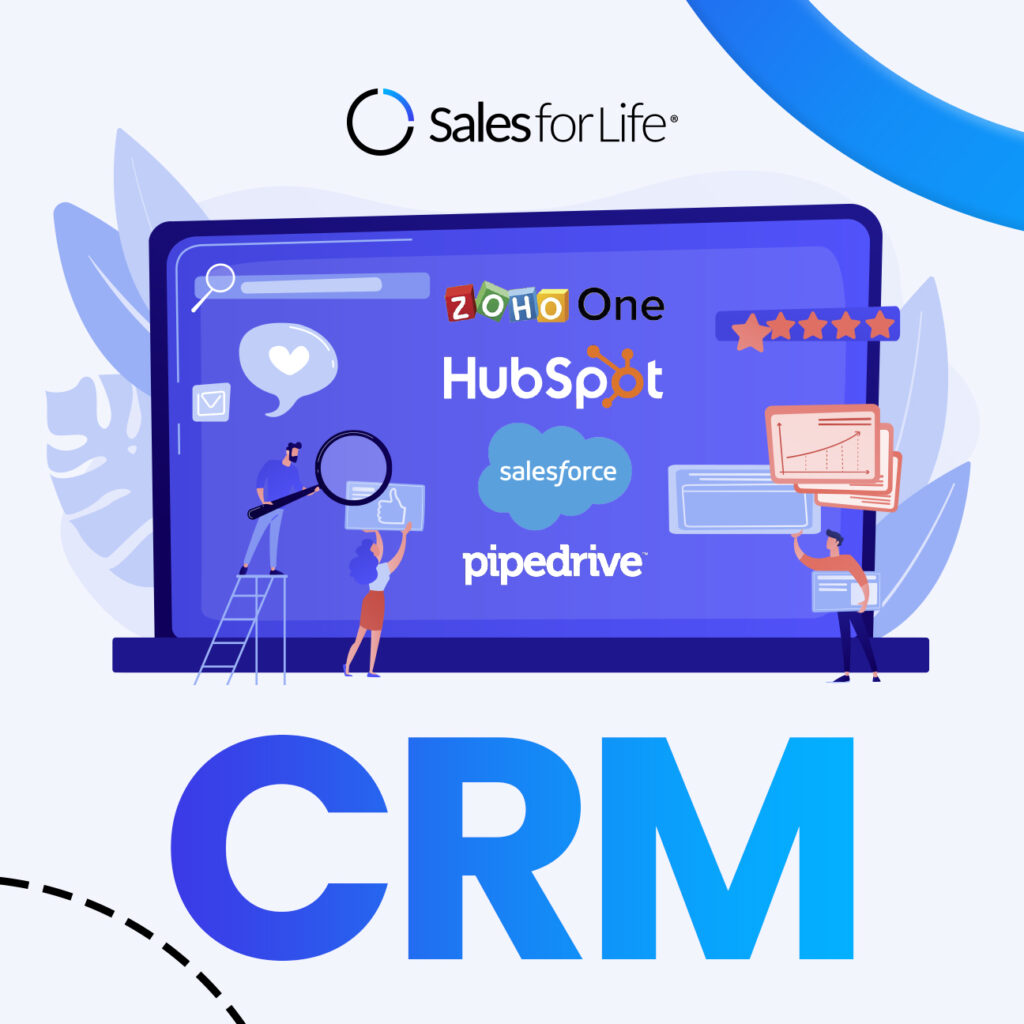
CRM
If you’re like us, you work with a vast number of leads each month. Some are old, and most are cold, so it’s not easy to remember who they are and where they are in the sales process, right? That’s where a CRM comes in. A CRM database is like a giant database that stores all your leads (or contacts) information. A CRM makes it easy to keep track of all the critical information that you need to know about your contacts, so you can easily reach them when the time is right.
Having a CRM that works for you can drastically improve your marketing and sales process. For example, if you’re not catching every lead and customer and staying organized with the lead follow-up process, then you could be losing out on potential customers. And missed opportunities to convert can cost you money – and lots of it if you’re not doing things correctly.
Popular CRMs include:

Lead Generation
When we think of sales, we might picture a guy in a pink shirt with a cigar smoking on a boat. Times have certainly changed, but lead generation is still an essential part of the sales process.
For some people, prospecting can be an arduous task. You may get lost in the day-to-day tasks, struggling to find the time to research new leads and contact them. If you’ve ever had one of those days when you’re just not feeling it, lead generation and prospecting tools can help.
Popular lead generation tools include:
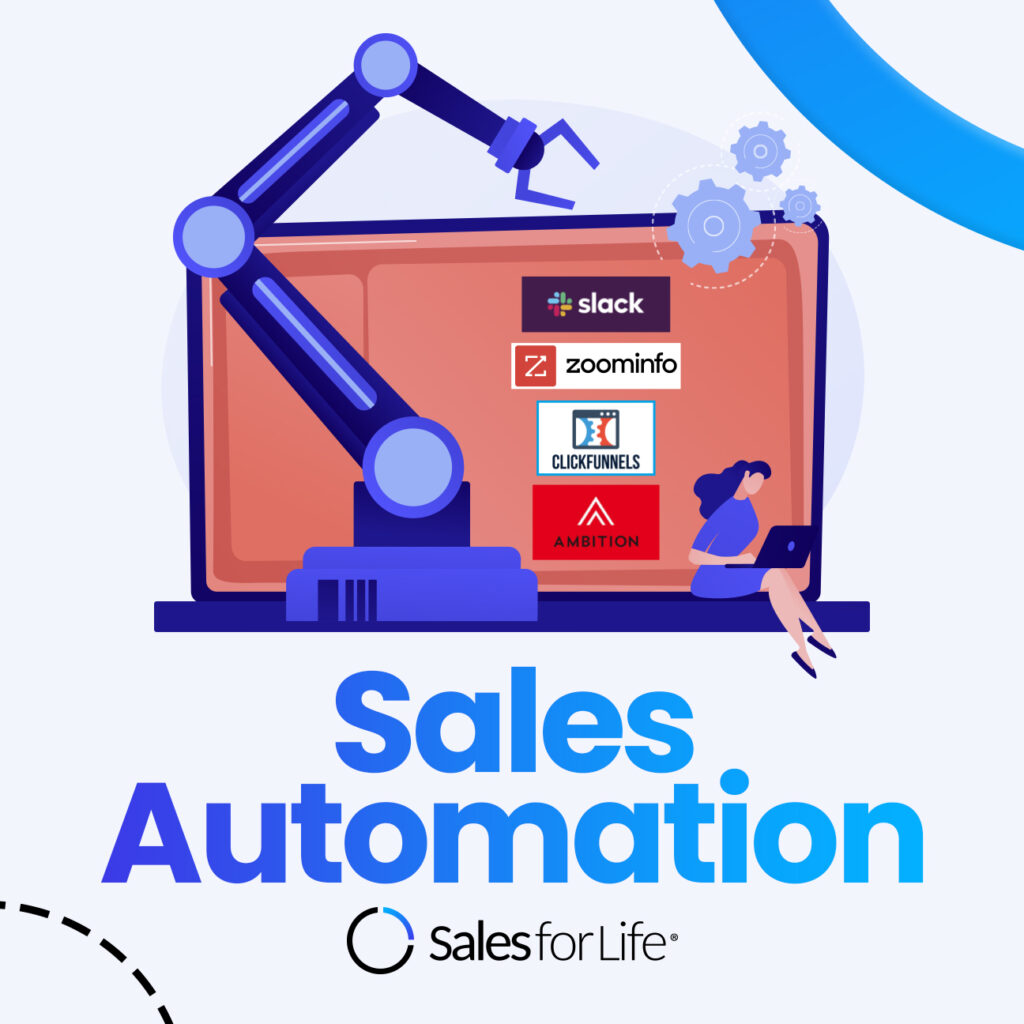
Automation
Automation is the key to boosting your sales team’s productivity.
Hiring a new employee takes time, money, and resources. Not only that, but the employee will need training and development before they can perform at the level your business requires.
Automation is fast, reliable, and cost-effective. It can be set up quickly without any additional training required for your staff. There are no supplemental materials or costs involved in using automation software compared to hiring an employee who would need these things!
If you want to grow your business and make sure it stays profitable every year—automate!
Popular automation tools include:
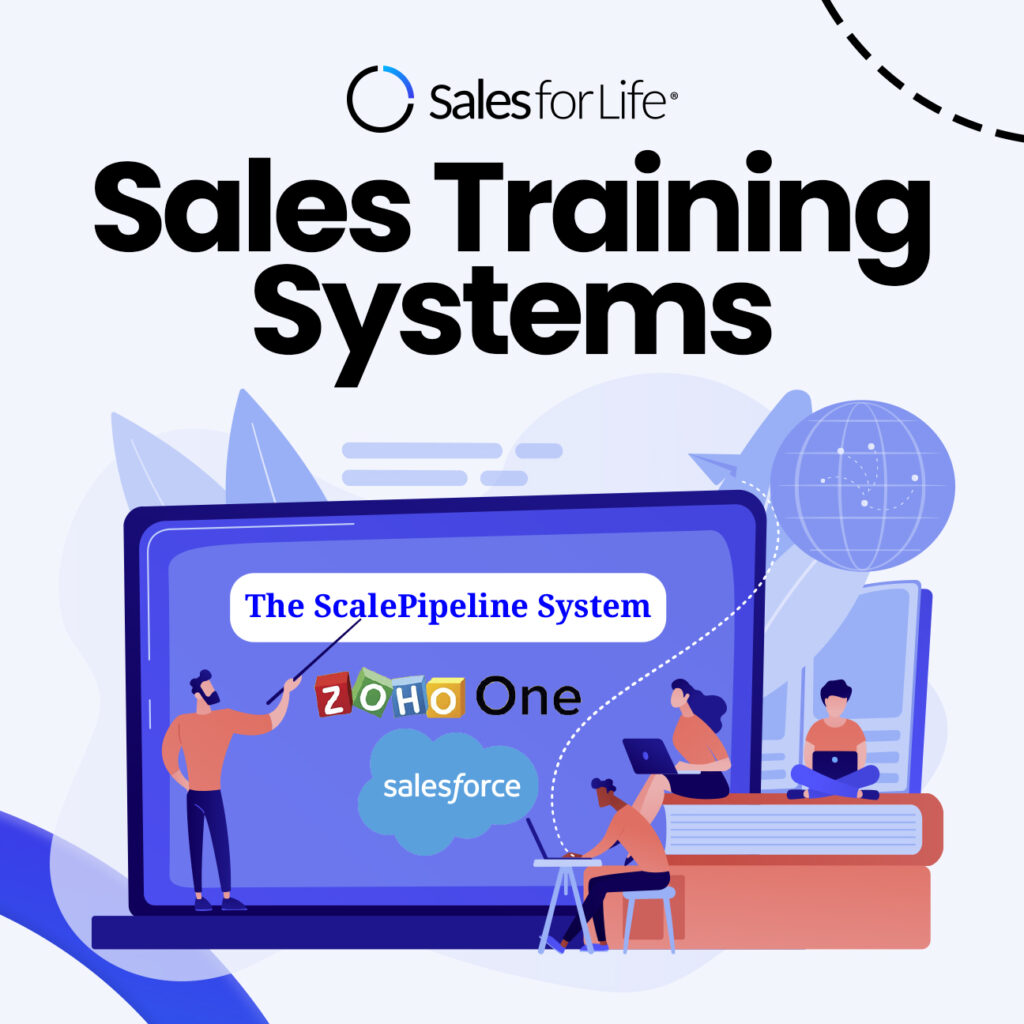
Sales Training Systems
Sales training systems help companies provide employees with the information they need to succeed in their jobs. Using a sales training system is an effective way for companies to train employees in a systematic manner that reduces costs and improves performance.
Sales reps are the lifeblood of your business. Without them, you don’t have a company—you just have a bunch of people who work in an office.
So it’s essential to make sure your sales team is equipped with the knowledge and tools they need to be successful. That way, they can deliver on their end of the deal by selling as much as possible and bringing in revenue for your company.
We’ve got you covered with sales training systems!
The best sales training systems include:
